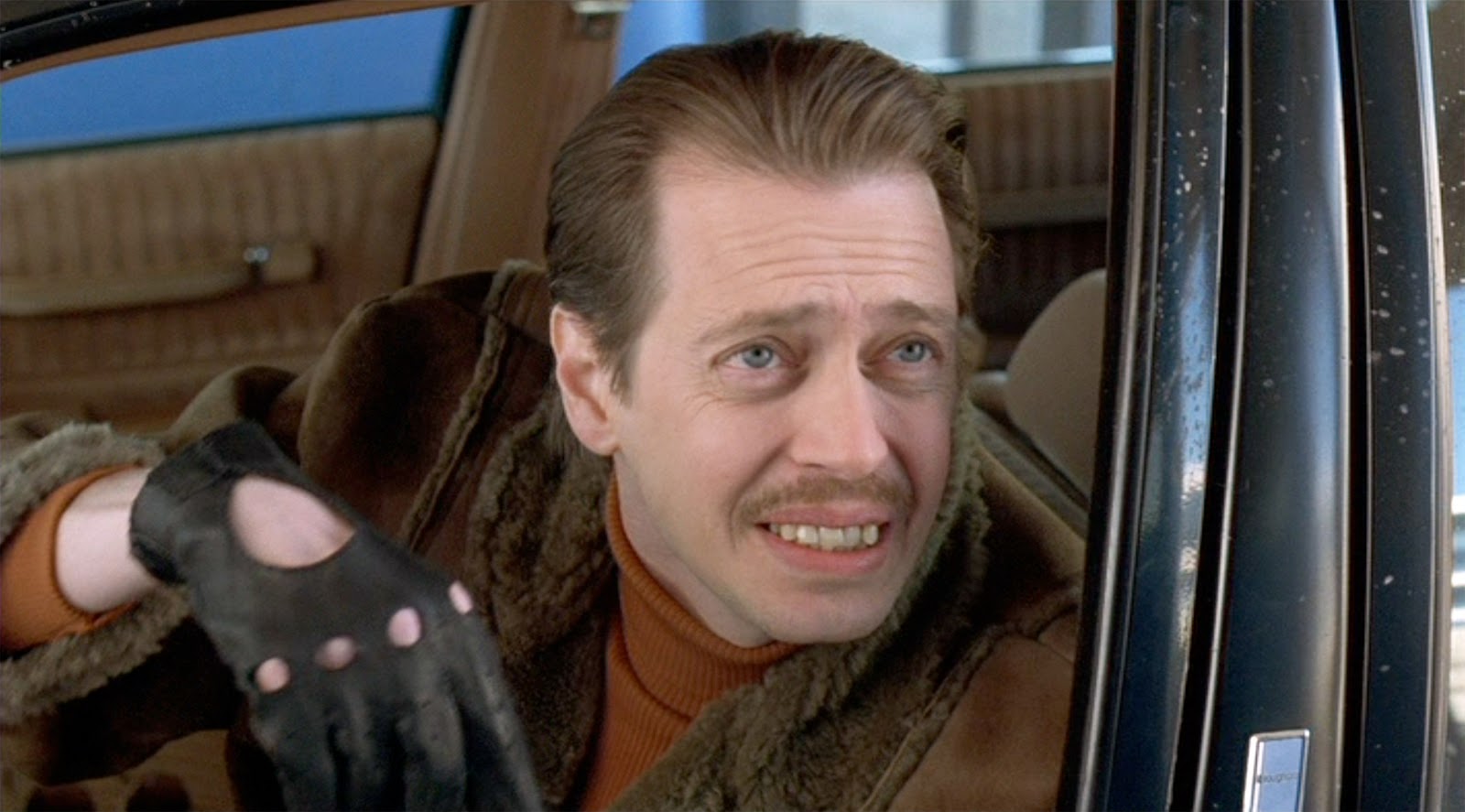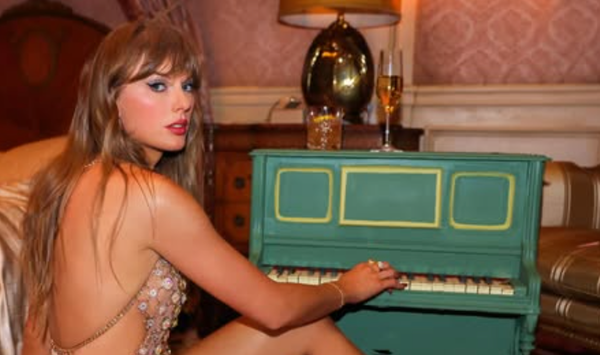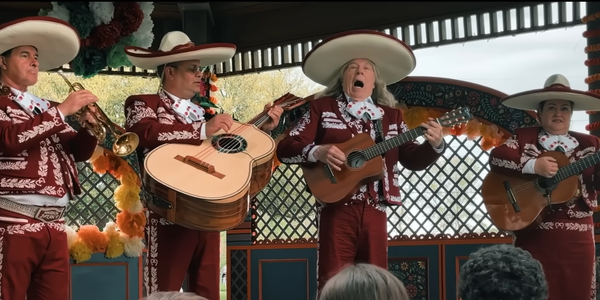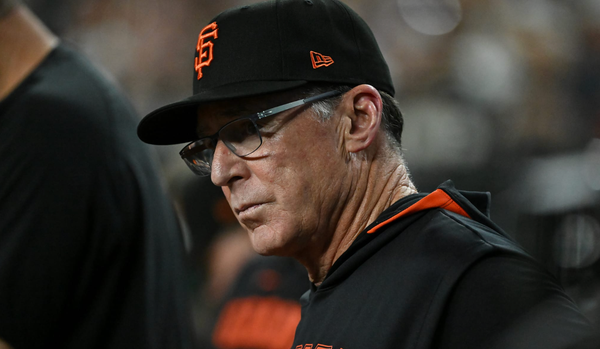Ralpha and omega
A Christmas Story remains a classic on the strength of one amazing child.
Hey all, in the spirit of the holidays (and because my kid got sick and thus severely cut into the time I have to write newsletters this week), I’m doing two shorter newsletters for Christmas Week that will be free to all. They’ll mostly feature the write-ups for Nos. 4 and 3 on our Coen Brothers Community Countdown, but if you enjoy those and want to see how the Top Two shook out, please consider becoming a paid subscriber!
It’s easy, you just click below and then give me money. Welcome to the future!
I’ll be honest: I sort of assumed that Peter Billingsley, the boy who plays Ralphie in A Christmas Story, was some sort of miracle of casting — a child plucked from obscurity from a huge cattle call, who turned in a perfect performance in what was destined to be a Christmas classic and then sort of fizzled out or lost interest in acting a few years later.
It turns out the Peter Billingsley was already a staunch veteran of a child actor prior to A Christmas Story, which probably explains why his performance in that film is such a tour de force of perfect reactions, line delivery and tone. It’s almost entirely on the strength of Billingsley that the movie not only succeeds, but endures. Jean Shepherd’s narration certainly lends to the appeal, but Ralphie is pitched entirely differently than nearly any other child actor would have been throughout the 1980s and 1990s. Consider the “soap poisoning” fantasy sequence, where Billingsley is specifically being melodramatic for the purpose of comedy. His acting in this scene was the baseline for nearly all child acting of that era, and his ability to only hit this tone for the point of parody is something special.
Billingsley came from a family of actors. His four siblings were all child actors, and his older brother and sister were each booked on television series at the time Peter started his acting career. He got his first role in a commercial at age 2, and had appeared in over 120 commercials before he booked A Christmas Story. Most notably, he was Hershey’s Syrup mascot Messy Marvin for over half a decade. It’s no wonder he was able to do the heavy lifting in A Christmas Story when it rolled around. (Of course, the adult actors are hardly slouches — this film was Melinda Dillon’s follow-up to her second Academy Award nomination.)
It’s very easy to see why people don’t like A Christmas Story. It’s officially become part of the Christmas canon, thanks largely to TNT and TBS running it for 24 hours every Christmas, and people tend to buck against the insistence of the zeitgeist that any piece of media should be indispensable or undeniable. (It’s a Wonderful Life, National Lampoon’s Christmas Vacation, and most of the Rankin-Bass specials all deal with this pushback every year, but thankfully at this point we’ve all roundly rejected Love Actually as a mistake of a bygone era.) Also working against it is that, on its surface, it presents as the epitome of a Boomer nostalgia trip; a shot of pure serotonin for the “RETVRN” set.
And yes, there’s no denying that a big part of the formula for A Christmas Story is the pull of nostalgia, but to write it off as nothing more than that is folly. Beyond Billingsley’s performance, much of the comedy in this movie is actually funny, and the Christmas morning portion is largely relatable no matter when you were born.
But it’s Billingsley’s performance that I keep being impressed by as the yearly viewings go by, and it’s his performance that keeps the movie feeling fresh and alive, instead of just being lived-in and steeped in nostalgia. Kids are funny and shitty and scared and selfish and constantly making mistakes no matter when they were born, and somehow the people making this movie in 1983 about a Christmas in 1939 understood the exact right tone for this kid to hit in order to keep it timeless.
(Billingsley moved behind the camera in the 2000s, executive producing a bunch of stuff and directing the pretty good Couples Retreat, and he returned to the role of Ralphie in the unfortunately-titled A Christmas Story Christmas for Max, which is totally fine as a legacy sequel that never needed to be made, but he of course doesn’t impress as much as A Totally Competent Adult Actor as he did as in one of the greatest child actor performances of all time.)
And now on to our Coen Brothers Community Countdown!
Previously:
No. 18: The Ladykillers
No. 17: The Man Who Wasn’t There
No. 16: Intolerable Cruelty
No. 15. The Ballad of Buster Scruggs
No. 14: A Serious Man
No. 13: The Hudsucker Proxy
No. 12: Hail, Caesar!
No. 11: Blood Simple
No. 10: Barton Fink
No. 9: Inside Llewyn Davis
No. 8: Burn After Reading
No. 7: True Grit
No. 6: Miller’s Crossing
No. 5: Raising Arizona
4. Fargo (1996)

Final Score: 208 points
Total Votes: 32 (84.2% of submissions)
Total Views: 37 (97.4%)
Highest Placement: #1 (@b9n10nt, @billytrue, anonymous)
On a smaller Discord group where we also ranked Coens movies, Fargo came in at No. 1, so it coming in at No. 4 is a bit of a surprise, but the larger surprise is that over 10 percent of respondents didn’t include it in their Top 10 of Coen Bros. films, with a discrepancy of 13% between people who filled out the survey, have seen Fargo, and opted not to list it among their favorites.
For many, Fargo remains the prototypical Coen Brothers movie. It escaped the arthouse world to become a bona fide smash, and became a fixture of both pop culture and cinematic language. The movie netted the Coens their first Oscar (for Best Original Screenplay) and earned Frances McDormand her first of three(!) Academy Awards. It inspired a movie where someone begins a journey based on watching Fargo (Kumiko, the Treasure Hunter) and is the namesake of Noah Hawley’s Coen Brothers pastiche FX series.
Let’s talk about the FX Fargo for a moment. Its first season is deeply indebted to the film Fargo, with many of the same basic geographical settings and including one storyline being a direct sequel to the events of the movie, and Martin Freeman’s Lester Nygaard being a more angry and petty slant on William H. Macy’s Jerry Lundegaard. But credit to Hawley for having that first season be far more than just a rehashing of the movie’s events (mostly through Billy Bob Thornton’s trickster god of sorts, Lorne Malvo), evoking the ethos of the Coens, and providing a springboard for the seasons to follow. At this point, FX’s Fargo has become a very admirable homage to all things Coen Brothers, touching on pretty much every setting and subject they’ve ever covered, and managing to encapsulate and embody their style, tone, and worldview while still telling fully original stories full of wild characters that would fit right at home alongside Anton Chigurh or Ulysses Everett McGill while very much being their own creatures. A masterful balancing act that has remained vibrant, impactful, and brilliant all the way through its five seasons (to date).
But back to the matter at hand: Fargo introduced the world at large to the concept of “Minnesota Nice,” to William Macy, Frances McDormand, Peter Stormare and likely Steve Buscemi as well, and to a whole new brand of black comedy noir. It could be argued that the Coens never made a finer movie than Fargo, but a stronger argument could be that they’ve never made a more important one. They had already been accruing esteem prior to Fargo, but after this movie released, their thumbprint was firmly planted on the world of cinema, and no one will ever be able to remove it.



